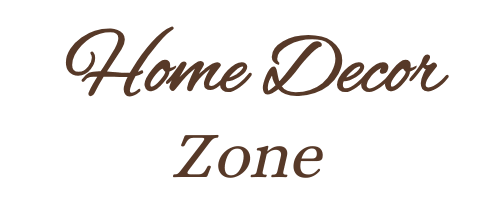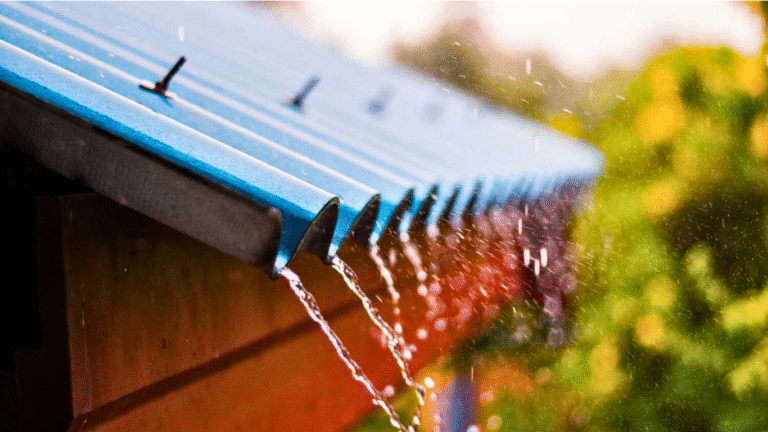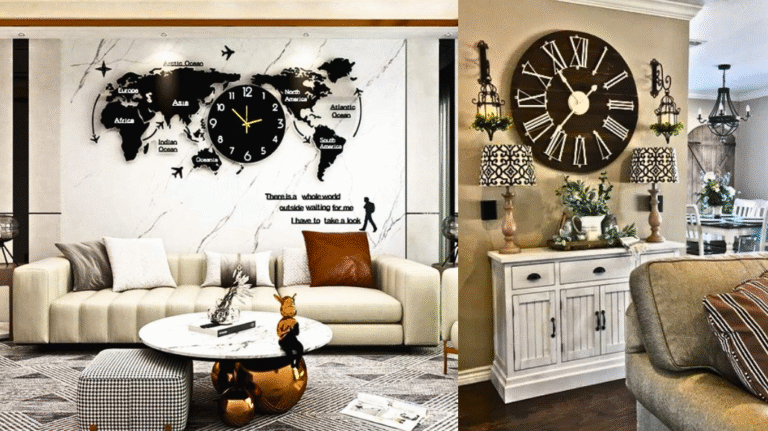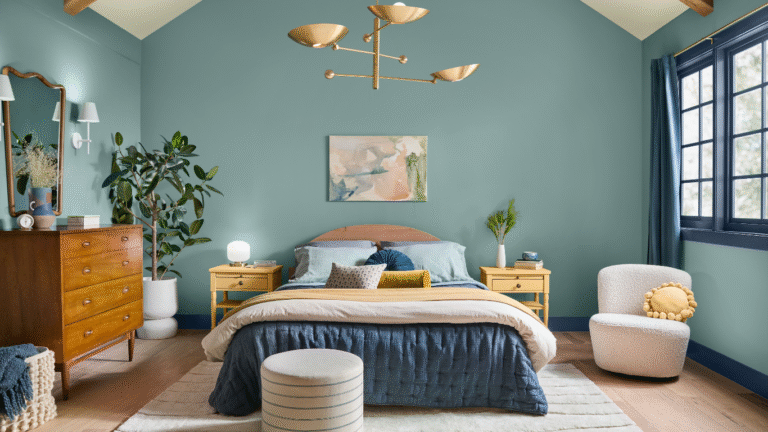How to Use Gloss and Matte Finishes Together in the Same Room
Mixing gloss and matte finishes in the same room adds visual depth and character to any space. This contrast is a favorite designer trick to take interiors from flat to fabulous with minimal effort.
When done right, combining shiny and matte surfaces can introduce a sense of dimension and cohesion that enhances your home’s design.
Know What Gloss and Matte Actually Do

Gloss finishes reflect light, creating a bright and eye-catching surface that enhances features and makes rooms appear larger. Think of gloss as the bold accessory that brings sparkle.
In contrast, matte finishes absorb light, offering a soft, velvety appearance that feels elegant and refined. These finishes are ideal for hiding imperfections and grounding a space with understated sophistication.
Follow the 60-30-10 Finish Rule
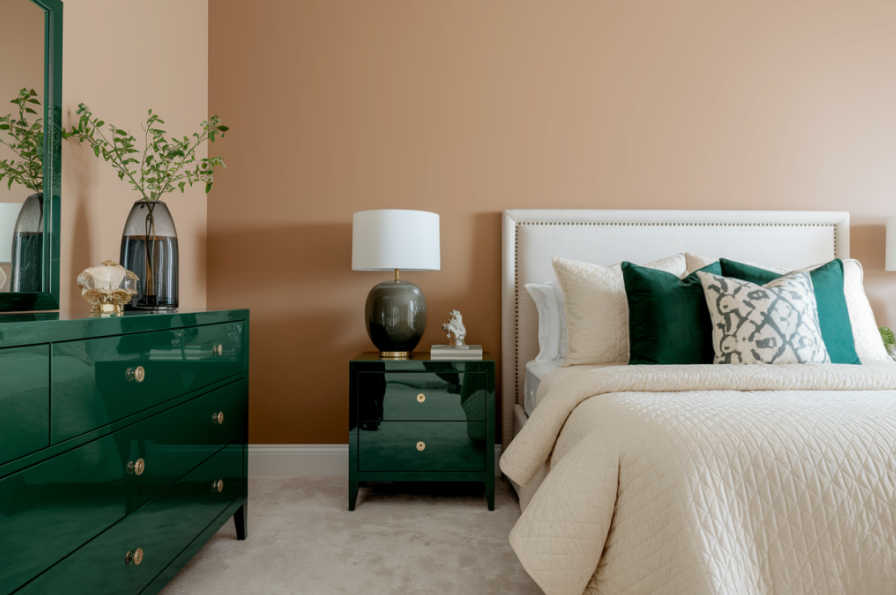
To keep a space visually balanced, designers often rely on the 60-30-10 rule. Use matte finishes for about 60% of the room—like walls, large furniture, or flooring.
Then, apply gloss finishes to around 30% of the space through furniture or architectural details. The final 10% should be reserved for accents that complement and enhance the other two finishes.
Use Gloss to Highlight Key Areas
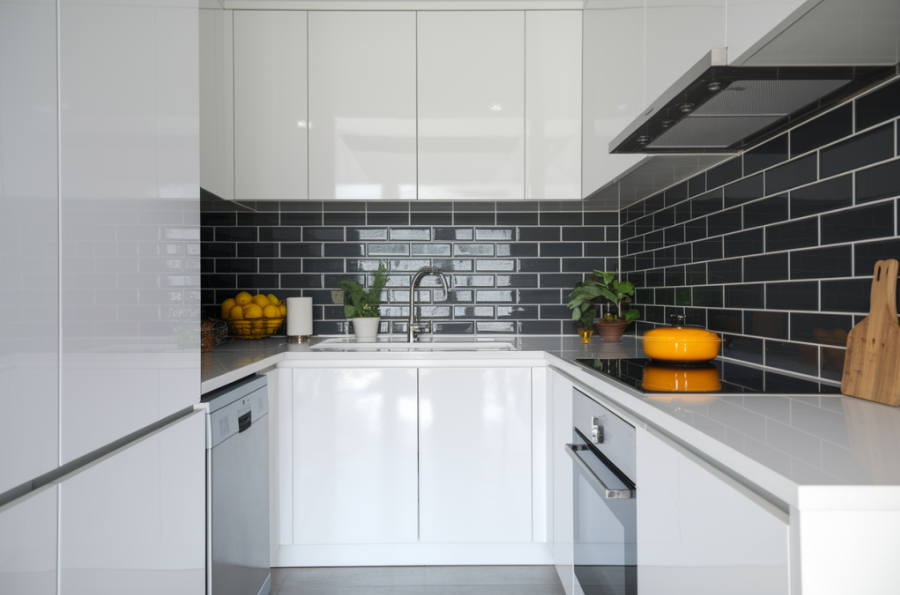
Glossy surfaces shine best when used to draw attention. Kitchens benefit from gloss cabinetry and backsplashes, which brighten the space and are easy to clean. Bathrooms are also ideal for glossy finishes on vanities, tiles, and fixtures.
In living areas, add gloss through accent tables, picture frames, or even a glossy ceiling for dramatic height.
Let Matte Ground the Room
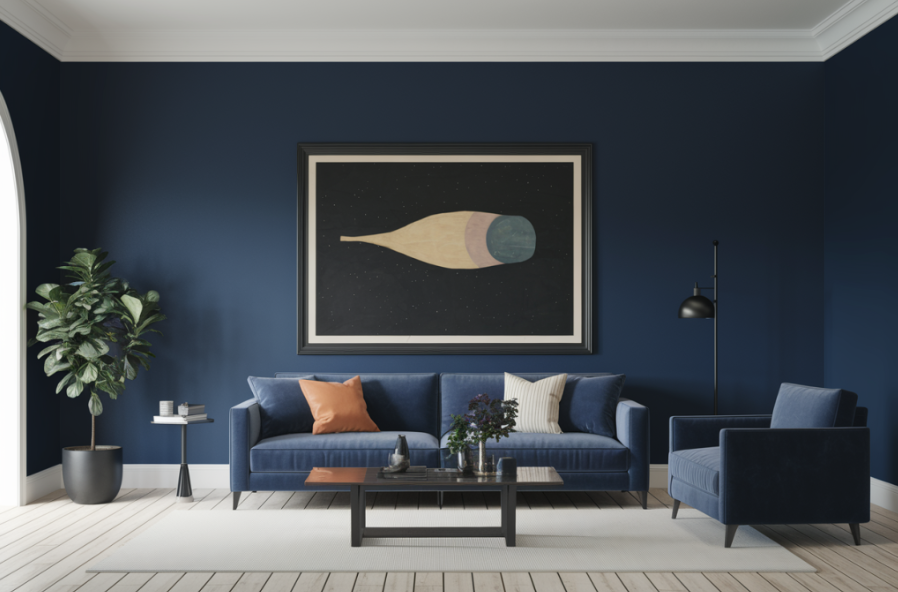
Matte finishes bring softness and stability. Matte walls conceal imperfections and serve as a neutral canvas. Large matte furniture pieces such as sofas or bed frames add presence without glare. Matte floors, like wood or tile, are practical in high-traffic areas because they show fewer scuffs and footprints.
Create Focal Points with Contrast
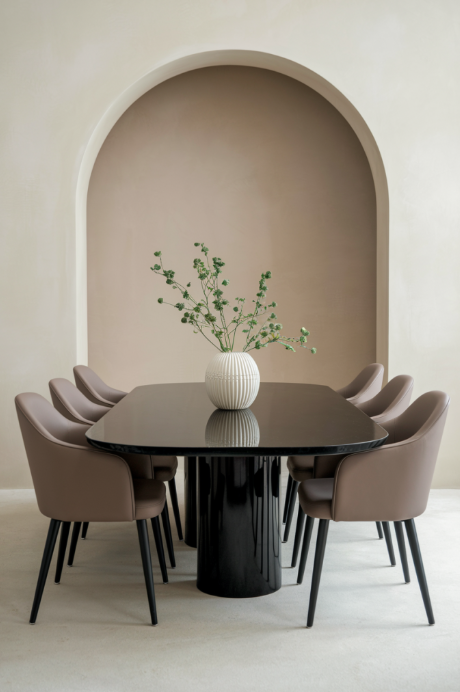
Contrast is key to adding interest. A glossy dining table surrounded by matte chairs becomes a bold focal point. Use matte backdrops with gloss-framed artwork or display glossy decor on matte built-ins. These focal points help guide the eye through the space.
Adjust Finishes by Room Type

Each room has unique needs. Living rooms benefit from matte-dominant designs with glossy accents. Dining rooms can handle more gloss for special occasions. Bedrooms should lean toward matte for a restful vibe, with subtle glossy elements in accessories like lamps and trays.
Pair Color and Finish Wisely
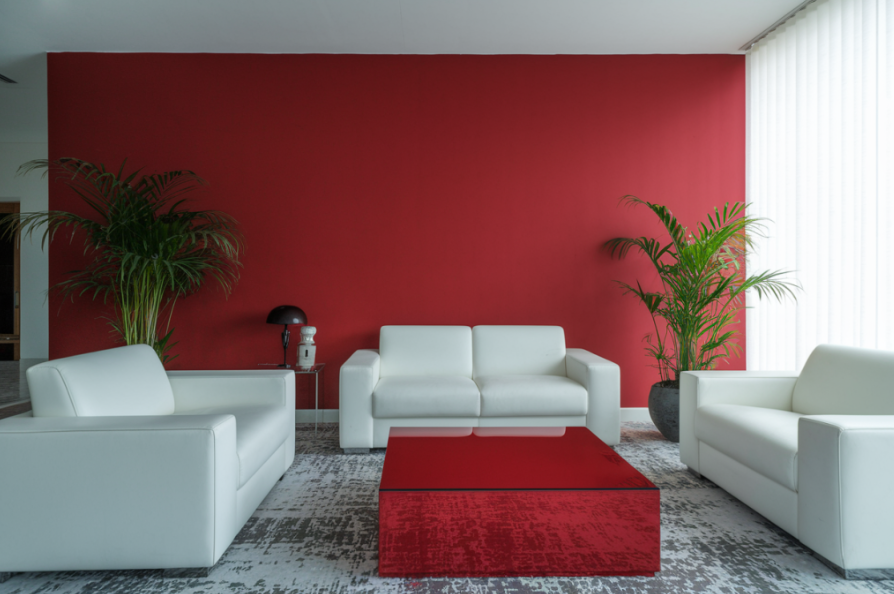
Color choice affects how a finish reads. Dark colors in gloss create a dramatic, luxurious effect, while the same in matte feels deep and cozy. Neutral tones like whites and grays allow finish textures to shine. Be mindful of finish and color combinations to maintain harmony.
Add Metals for Subtle Shine
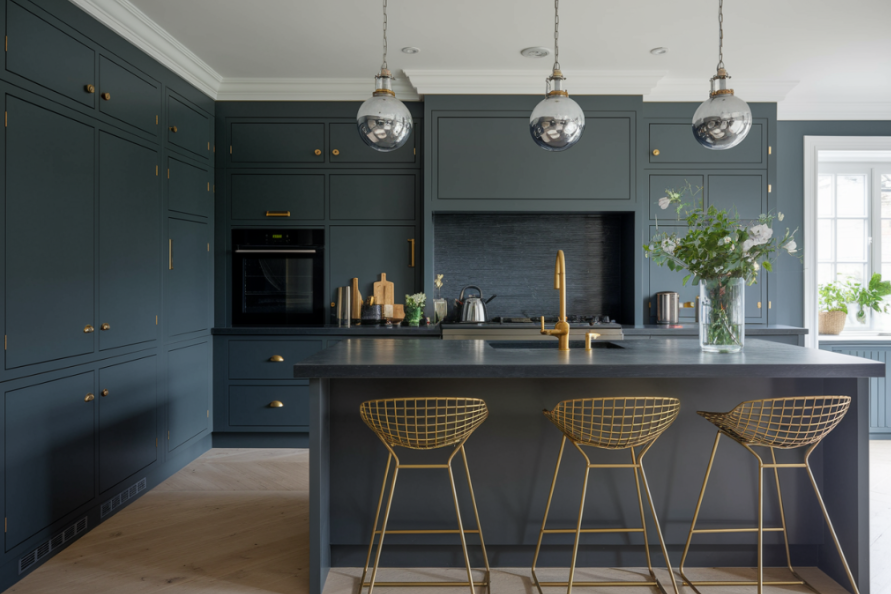
Metallic hardware and accents introduce natural gloss to any space. Choose polished metals for a glossy impact or brushed finishes for a softer glow. Repeat metal finishes at least twice in a room to establish a cohesive design language.
Use Fabrics to Soften the Look

Textiles bring warmth and balance. Matte fabrics like cotton and linen counter glossy surfaces, while velvets or silks add subtle sheen. Sheer curtains layered with matte drapes provide dimension and texture that enhances the overall look.
Mix in Natural Textures
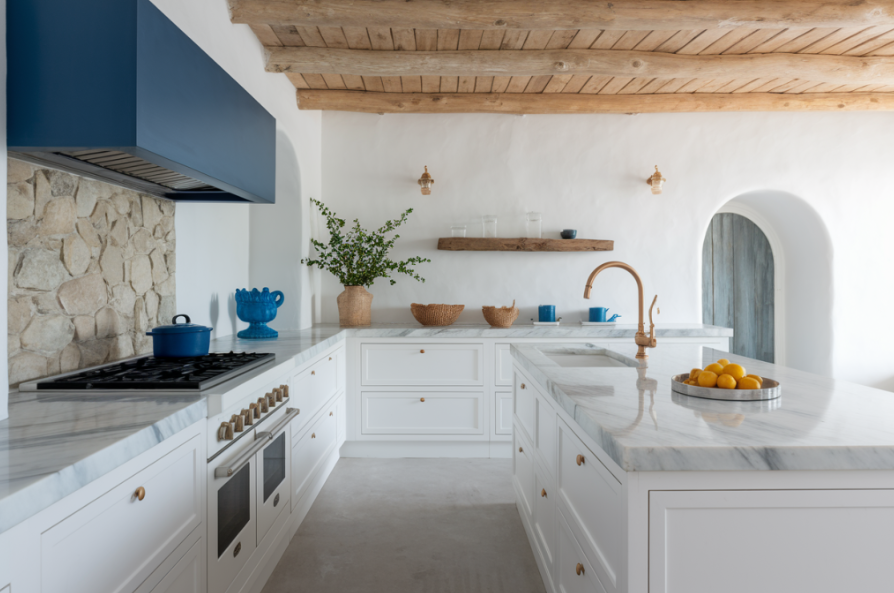
Natural materials add organic variation. Wood, stone, and leather each offer unique finish characteristics that evolve over time. Combine glossy countertops with matte wood beams or place polished stone against natural-textured walls for richness and depth.
Light the Room for Best Effect
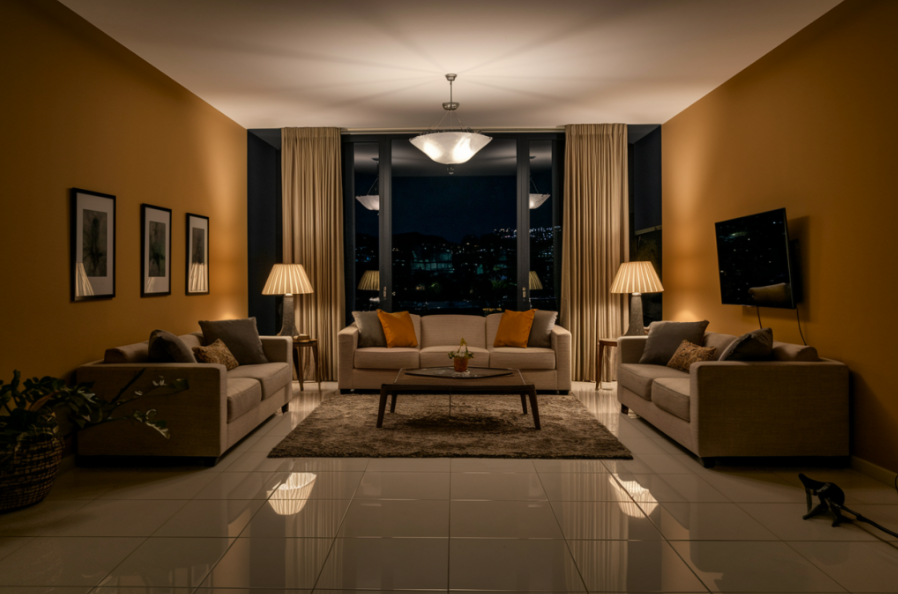
Lighting greatly affects finish perception. Natural light highlights contrasts, while artificial lighting can either intensify or soften them. Test your mixed finishes under various lighting conditions to ensure a balanced look throughout the day and night.
Make Small Rooms Feel Bigger
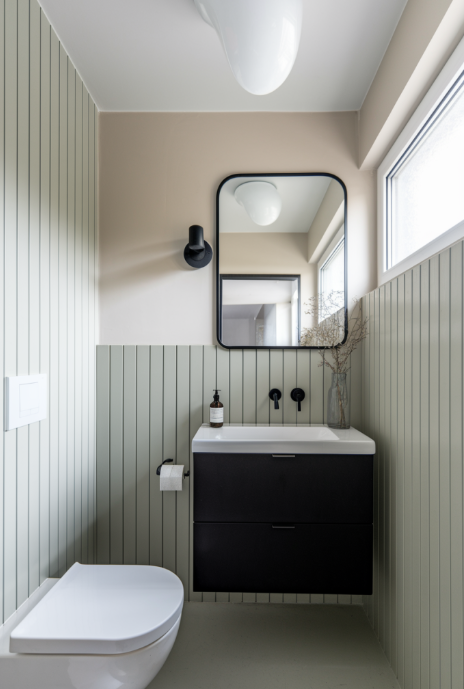
Strategic gloss placement can visually expand tight spaces. Use gloss on ceilings or backsplashes to reflect light, but balance with matte furniture or textiles to avoid overwhelming the room. This technique helps maximize style in smaller settings.
Clean Gloss and Matte the Right Way
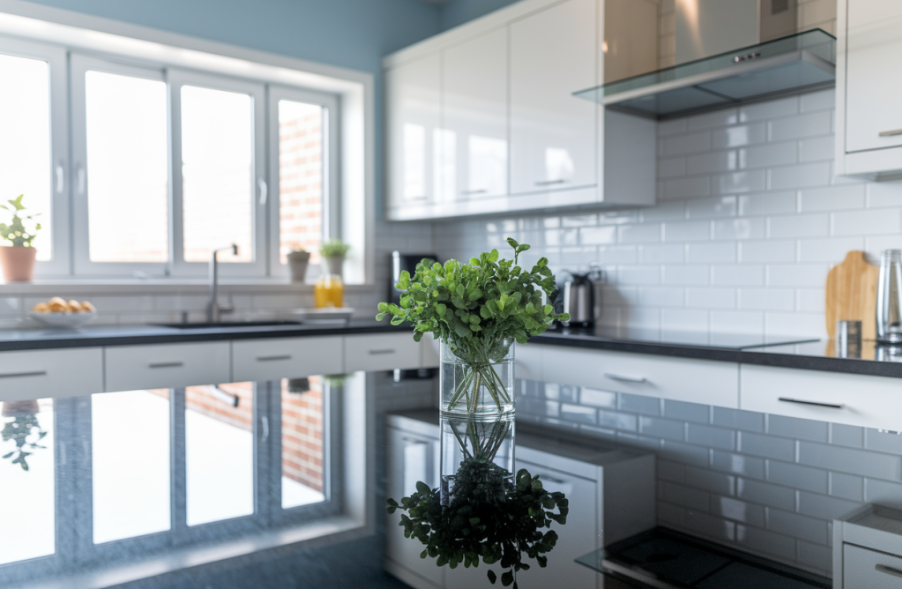
Glossy surfaces require regular wiping to avoid visible smudges, while matte surfaces need gentler cleaning to maintain their texture. Tailor your maintenance routine to each finish to keep your interiors looking polished and fresh.
Bringing Balance to Your Mixed-Finish Room
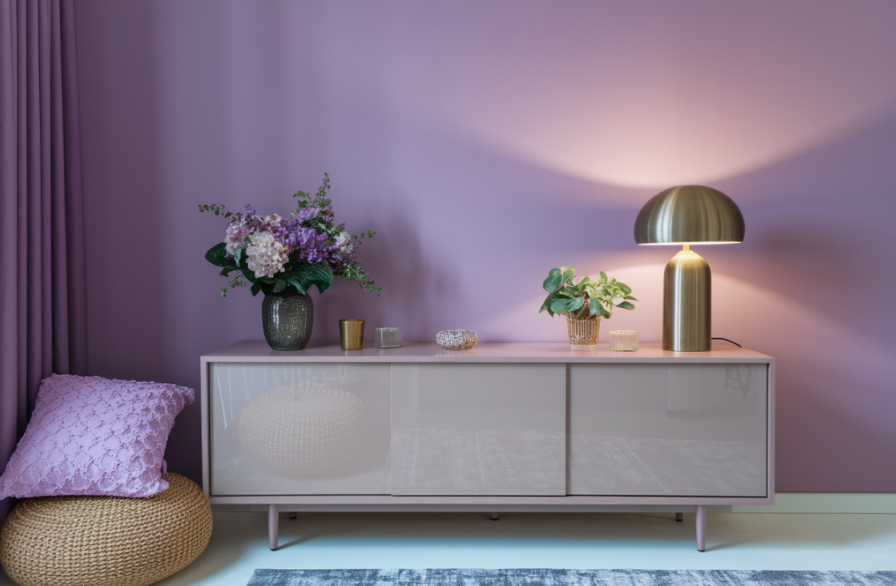
Creating a successful mixed-finish space is all about visual rhythm. Use gloss to highlight and matte to anchor. Trust your instincts, observe how light plays across the surfaces, and adjust accordingly. This thoughtful layering of textures and sheens adds personality and a designer touch that elevates the entire room.
Conclusion: ( Gloss and Matte Finishes )
Mixing gloss and matte finishes is a simple yet powerful way to add depth and interest to your interiors. By understanding how each finish works—gloss for reflection and drama, matte for softness and subtlety—you can create a space that feels layered and intentional.
Whether you’re designing a cozy living room, a sleek kitchen, or a serene bedroom, the key lies in balance. Use contrast to highlight focal points, bring in texture through natural materials and fabrics, and always consider how lighting will enhance the effect. With a thoughtful approach, combining gloss and matte will elevate your home with a designer touch that’s both stylish and livable.
